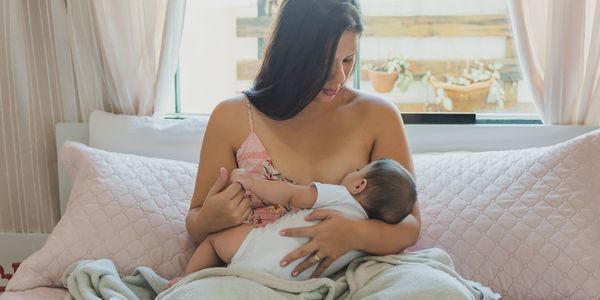

Many people with disabilities are challenged every day by basic household activities most people take for granted.
For individuals in wheelchairs or who have adapted to other mobility challenges, simply manoeuvring around one’s own home can be a challenge. For those who are preparing for parenthood, creating a safe and accessible home for them and their child makes their situation doubly challenging.
Some modifications can provide for your needs as well as your child’s, there are still many changes that need to be made before your home is fully child-proof. Modifying every room in your house can seem like a daunting proposition, but it’s necessary to make sure your child is secure from dangers that lie around every corner. Fortunately, many adaptations come down to common sense and are fairly simple. Simple or complex, they need to be made.
Bathroom safety
The bathroom can be a very hazardous place for children. Drawers and cabinet doors should have safety latches to prevent little hands from getting hold of sharp items, medicines or other hazardous items. Your toilet should also have special locks to keep kids from falling in or suffering an injury to their hands, arms and head from a falling toilet seat. Always keep medications in their original containers so that children can’t pick up pills left lying around.
Make sure that unused electrical outlets have safety plugs and unplug any frequently used bathroom items, such as curling irons or hair dryers, to prevent burns and electrocution. It can also be easy to overlook the water that comes from the bathroom faucet and shower head. Children can be badly scalded within seconds, so set and leave your water heater at 120 degrees Fahrenheit.
Don’t forget that you need to be certain that your disability doesn’t prevent you from getting to your child quickly if there’s an accident. If you have a free-standing sink have it bolted securely to the wall, and make sure you can access the medicine cabinet if your disability makes it difficult to reach beyond a certain height. According to the Centres for Disease Control, more than 230,000 Americans above the age of 15 suffer bathroom injuries that require a visit to the emergency room, so it’s important to take every precaution there to protect you and your child.
Careful in the kitchen
Children are often drawn to the kitchen. It’s full of objects they can pick up and play with and, of course, it’s where the food can be found. The knobs on your stove can be fun to twirl, but turning on a burner or the oven can be bad news for a little one. Make sure that all controls on your stove are secured, and place covers on all burners. Seemingly harmless item can cause trouble too. The serrated edge of an aluminium foil container can give anyone a pretty serious cut. Make sure that all such containers are put away in a cabinet that’s securely latched. A child’s curiosity can also get them into trouble rummaging around in an open kitchen trash can, so make certain that yours is child proof.
Corners, gates and windows
There are hazards throughout your house. Place safety gates at the top and bottom of all stairways to protect babies and toddlers from falling, and keep all doors and windows locked. Furniture that can be climbed on should be kept clear of windows, and hard furniture should be padded so that kids don’t hurt themselves on sharp corners and edges. Make sure that there are adequate numbers of fire alarms and carbon monoxide detectors throughout your home. Check them on a regular basis in case batteries need replacing (baby monitors should also be checked periodically). And don’t forget to keep a fire extinguisher within easy reach.
Maintaining a safe and accessible home depends on careful planning and attention to detail. Remember, your child’s safety also depends on your ability to get to them quickly if needed, so remove any obstacles that your disability might prevent you from getting around.



.png)
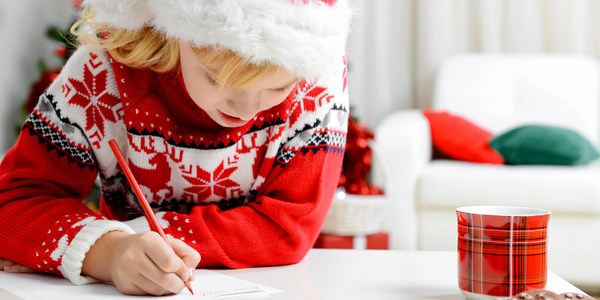


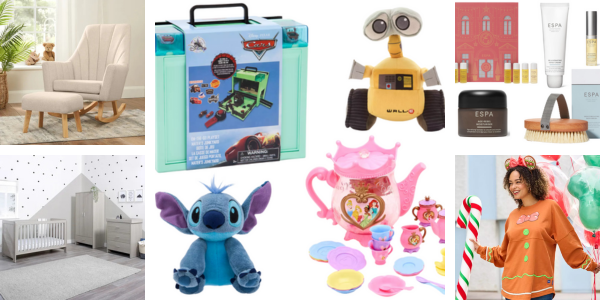
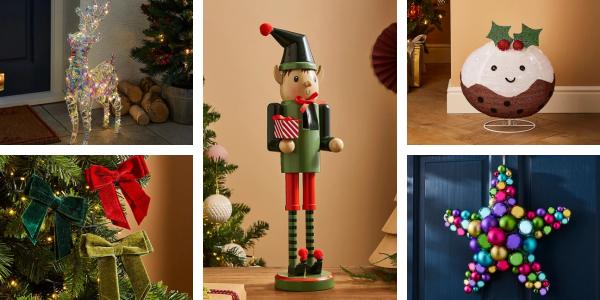
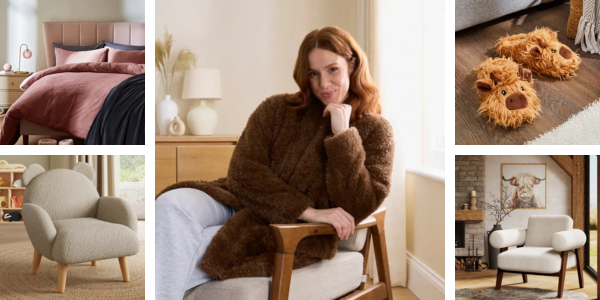
.jpg)

